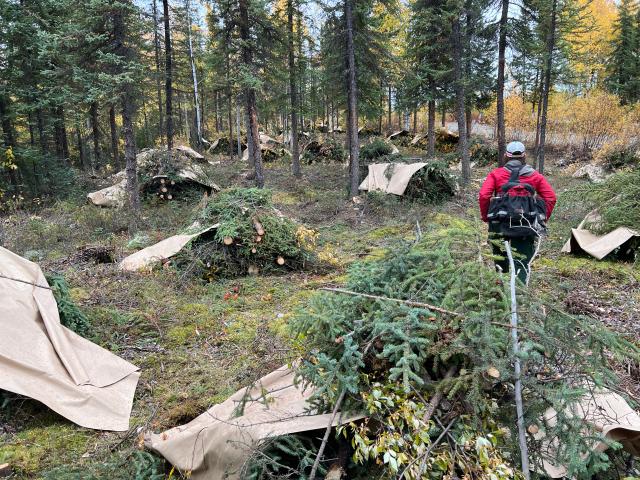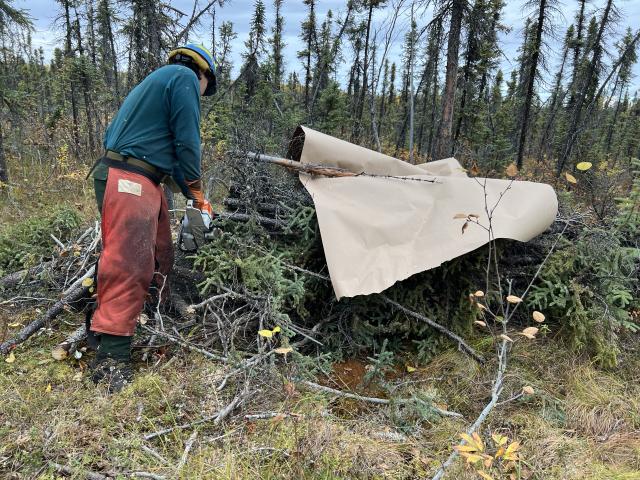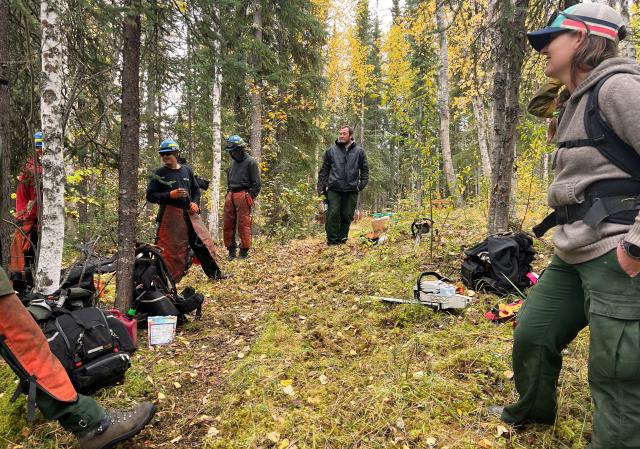Related Stories
- Progress on Public Lands: BLM 2025 Trump Administration Accomplishments | January 20 - December 31, 2025
- BLM Fire Team brings Smokey Bear to Kingman’s Street of Lights
- Rural wildland firefighting partners grateful for BLM gift
- BLM hosts fire investigation training course to strengthen wildland fire investigation capacity across Arizona and the West
- Using science to uncover mysteries of the Mesa archaeological site in Alaska
Office
P.O. Box 35005
1541 Gaffney Road
Fort Wainwright, AK 99703
United States
Phone:
Email:



